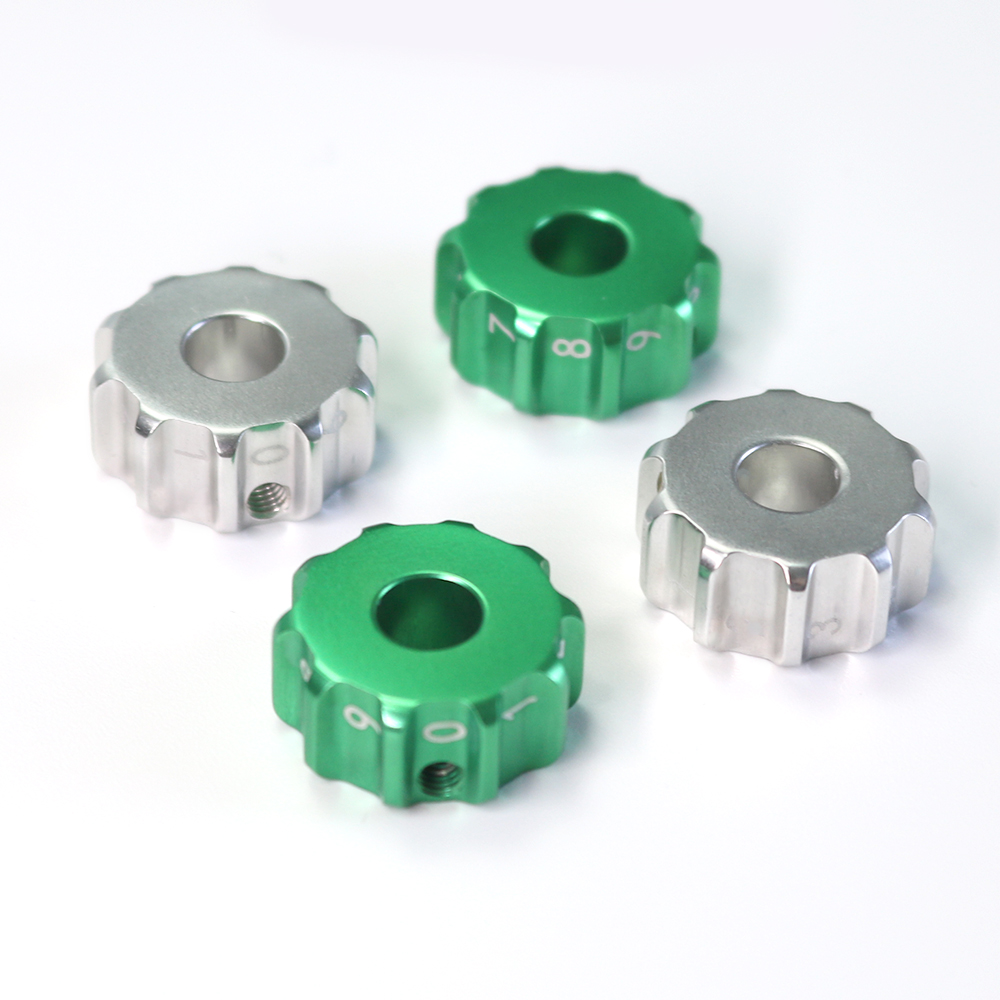The Development Path of CNC Machine Tool Turning and Milling Compound: Revolutionizing Precision Manufacturing

In the world of modern manufacturing, CNC machine tools have long been the backbone of precision production. But now, a new breed of machines is taking the industry by storm: the turning and milling compound CNC machine tools. This groundbreaking technology is revolutionizing the way parts are produced, offering unparalleled flexibility, accuracy, and efficiency. As industries push the boundaries of design and complexity, CNC turning and milling compound technology is emerging as the solution that delivers both speed and precision on a single platform.
Let’s dive into the development path of this cutting-edge technology and explore how it’s shaping the future of advanced manufacturing.
What is CNC Turning and Milling Compound Technology?
At its core, CNC turning and milling compound technology integrates two of the most widely used machining processes—turning and milling—into one machine. Turning is a process where material is rotated while a cutting tool shapes it, typically used for cylindrical parts. Milling, on the other hand, involves a rotating tool that removes material from a workpiece, commonly used for flat, detailed, or complex surfaces.
Traditionally, these processes required separate machines, leading to longer production times, increased labor, and potential alignment issues when transferring parts from one machine to another. By combining both processes into one machine, CNC turning and milling compounds streamline production, reduce handling time, and ensure higher precision by eliminating the need for multiple setups.
The Evolution of CNC Turning and Milling Compound Machines
1. Early Stages: A Move Towards Multi-Tasking
The development of compound CNC machines began as an effort to increase manufacturing efficiency. Early CNC machines were limited to either turning or milling but were designed to handle specific tasks very well. As industries began demanding more complex parts, manufacturers realized the need for multi-tasking machines that could perform both turning and milling on the same workpiece. This led to the early integration of basic milling and turning functions into single CNC systems.
However, these early machines were limited by size, speed, and flexibility. They were primarily used in high-precision industries like aerospace and automotive, where multi-process capabilities offered a competitive edge. The adoption of multi-axis CNC technology was crucial during this period, enabling machines to rotate and move the part in various directions for enhanced versatility.
2. The 2000s: Advancements in Control Systems and Integration
By the early 2000s, significant strides were made in machine control systems, which laid the foundation for the modern CNC turning and milling compound machines. CNC software and advanced motion control systems became more sophisticated, allowing for the seamless integration of both turning and milling processes in real time.
The adoption of multi-axis machining, where workpieces are manipulated on up to five axes simultaneously, marked a major milestone. These machines not only turned and milled but also allowed for the creation of complex geometries, reducing the need for reorientation between processes and increasing precision.
Additionally, the development of tool changers and automated systems allowed for better workflow automation, reducing manual intervention and improving consistency across production runs.
3. The 2010s: Smart Manufacturing and Precision Engineering
In the 2010s, the integration of Industry 4.0 technologies took CNC turning and milling compound machines to the next level. The introduction of IoT connectivity, real-time monitoring, and AI-powered predictive maintenance transformed how manufacturers interacted with their machines.
Manufacturers were now able to track machine performance, monitor tool wear, and adjust settings in real time, resulting in significantly reduced downtime and increased overall efficiency. Furthermore, additive manufacturing began to be integrated into compound machines, combining subtractive and additive processes into one system for greater design flexibility and material efficiency.
As industries demanded even higher levels of precision for complex, small-scale parts, ultra-precision CNC compound machines emerged, capable of machining parts with tolerances down to the micrometer and even nanometer level. This was a game-changer for high-tech industries such as medical devices, electronics, and aerospace.
Current Trends in CNC Turning and Milling Compound Machines
1. Automation and Efficiency
The latest generation of CNC turning and milling compound machines is heavily focused on automation. With the integration of robotic arms, automated material handling, and machine learning algorithms, these machines can now operate autonomously for longer periods, making decisions based on real-time data without human intervention. This significantly reduces labor costs, increases production efficiency, and allows for continuous, 24/7 operations.
2. Increased Precision and Speed
Manufacturers are increasingly demanding faster turnaround times without sacrificing quality. Newer models of CNC turning and milling compound machines are capable of faster feed rates, higher spindle speeds, and more precise tool paths, resulting in improved throughput and reduced cycle times. High-speed spindles and advanced cooling techniques are further pushing the limits of performance and ensuring that parts are machined with exceptional accuracy and fine surface finishes.
3. Industry-Specific Customization
CNC compound machines are becoming more industry-specific in their design. For instance, the automotive and aerospace sectors are demanding machines that can handle larger, more complex parts, while medical device manufacturers require machines that can handle smaller, intricate components. Manufacturers are responding by designing specialized compound machines with customizable features such as enhanced cooling systems, specialized tooling, and advanced software.
4. Sustainability in Manufacturing
Sustainability continues to be a key focus for the machining industry, and CNC turning and milling compound machines are no exception. Manufacturers are looking for ways to reduce waste, improve energy efficiency, and lower the environmental impact of production. Energy-efficient machines, recyclable cutting fluids, and zero-waste machining processes are gaining traction as part of the industry's commitment to sustainability.
The Future of CNC Turning and Milling Compound Machines
1. Greater Integration with Artificial Intelligence
The future of CNC turning and milling compound machines lies in artificial intelligence. AI can help machines learn from their operations, optimizing cutting strategies, detecting potential failures, and even adapting to different materials and designs. This level of intelligence will enhance the machines' autonomy, allowing manufacturers to further reduce labor costs and improve efficiency.
2. The Rise of Hybrid Manufacturing
As the demand for more complex parts grows, the trend toward hybrid manufacturing—combining subtractive machining with additive processes like 3D printing—is expected to increase. CNC turning and milling compound machines will likely incorporate more advanced additive technologies for creating hybrid parts that can be milled and turned, then 3D printed with added features or complex geometries.
3. Integration of More Advanced Materials
As industries continue to demand more advanced materials, CNC turning and milling compound machines will need to keep up with new challenges. The development of machines capable of handling exotic materials such as carbon fiber composites, titanium alloys, and ceramics will be crucial for industries like aerospace and medical device manufacturing.
Conclusion: The Path Forward for CNC Turning and Milling Compound Machines
The development of CNC turning and milling compound machines marks a significant evolution in the manufacturing industry. What started as a basic need for multi-tasking machinery has grown into a powerful, highly sophisticated technology that is driving the future of precision engineering.
As these machines continue to evolve—driven by automation, AI, sustainability, and increasingly complex material demands—they are poised to redefine the possibilities of modern manufacturing. With the ability to turn, mill, and even integrate additive manufacturing in one platform, the future of machining looks more versatile, efficient, and precise than ever before. For manufacturers looking to stay ahead of the curve, investing in CNC turning and milling compound machines is not just an option—it’s a necessity.


